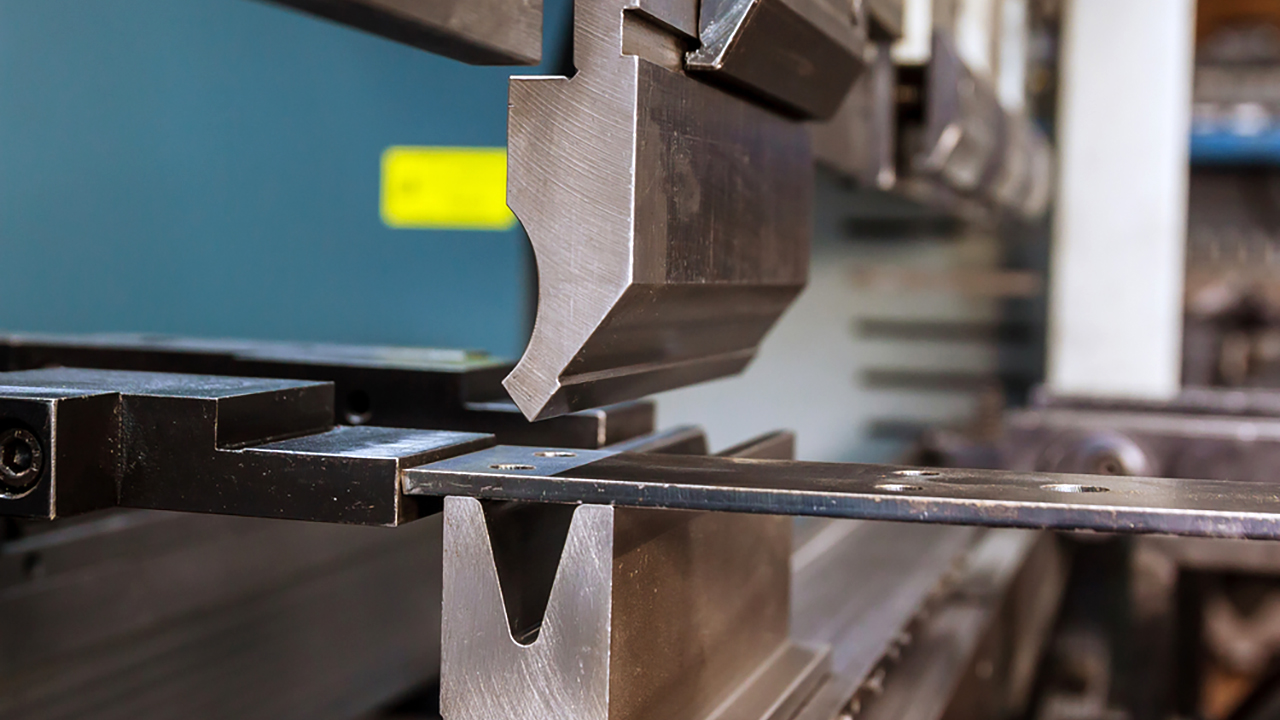SMBC’s Amada Press Brake Systems: Advantages and Applications
While integrating advanced press brake systems is significant in the modern manufacturing industry, SMBC’s Amada is a testament to this commitment. But what exactly sets SMBC’s Amada press brake tooling apart, and how can it elevate your operations to new heights?
This article delineates the advantages and applications of SMBC’s Amada press brake systems. It focuses on key features and common challenges and discovers best practices for Amada users to bend their way to success.
Key Features of Amada Systems
SMBC’s amada press brake tooling isn’t just about punches and dies; it’s carefully designed with features to maximize your Amada’s capabilities. The systems’ high-tolerance manufacturing and meticulous design guarantee consistently flawless bends that exceed industry standards and meet even the most demanding specifications.
Moreover, advanced features like quick-change systems minimize downtime, specialized coatings enhance wear resistance, and ergonomic designs prioritize operator safety and comfort. These systems boast advanced control interfaces and customizable configurations tailored to specific application requirements.
So, all these features are designed to enhance precision, efficiency, and versatility in bending operations. These capabilities of SMBC’s Amada systems position them as industry-leading solutions for different manufacturing challenges.
Common Challenges and Solutions
Even the most advanced machinery can face occasional hiccups. Here’s how SMBC’s tooling helps tackle common Amada press brake challenges:
Inconsistent Bend Quality
Worn tools, proper setup, or correct material selection can lead to uneven bends. SMBC’s high-quality tooling, combined with their expertise, helps diagnose and rectify these issues for flawless results.
Excessive Downtime
Frequent tool changes, machine breakdowns, and production delays can affect profits. SMBC’s quick-change systems, robust construction, and preventative maintenance recommendations minimize downtime and keep your production line humming.
Safety Concerns
Operator fatigue, pinch points, and flying debris can pose safety risks. SMBC’s ergonomic designs, safety protocols, and proper training guidance prioritize operator well-being and create a safer work environment.
Through proactive maintenance strategies, specialized tooling options, and continuous operational monitoring, you can optimize system performance, extend tooling lifespan, and enhance productivity.
Best Practices for Amada Users
Implementing best practices is important for maximizing the benefits of Amada press brake systems and ensuring long-term success in manufacturing operations. First, invest in high-quality tooling by opting for premium-grade SMBC tools specific to your Amada model for optimal performance and long-term savings.
Also, make sure you do regular maintenance. Implement a preventative maintenance schedule to prevent unexpected breakdowns, including lubrication, cleaning, and inspections. For manufacturers, train your operators on proper tool handling and safety protocols to maximize efficiency and minimize risks.
Don’t hesitate to seek expert advice from a knowledgeable team. They can help you select the right tools, troubleshoot challenges, and provide valuable insights to optimize your Amada press brake operation.
Key Takeaway
Choosing SMBC’s tooling for your Amada press brake is more than just acquiring punches and dies; it’s an investment in efficiency, precision, reliability, and performance excellence. This article explains the advantages and applications of SMBC’s Amada press brake systems by highlighting key features addressing common challenges and best practices.
You can explore SMBC’s Amada press brake tooling available on their website if you’re seeking to elevate their bending capabilities, enhance operational efficiency, and achieve sustainable growth.

Howar
Howar is a designer of technology products. He has always been fascinated by how things work, and he loves finding creative solutions to problems. He is constantly looking for new ways to improve his skills and learn new things. Howar is also a big fan of dogs, and he enjoys spending time with his two golden retrievers.